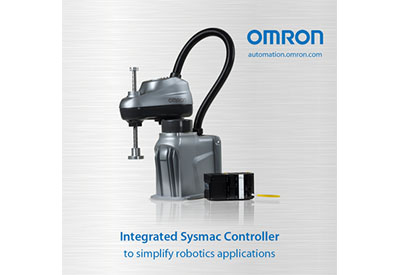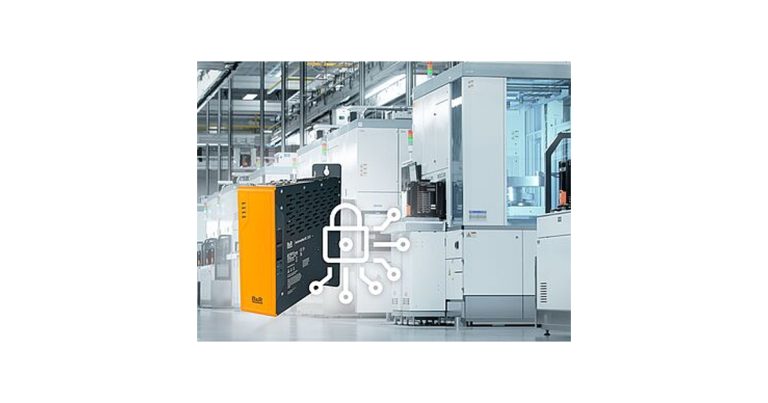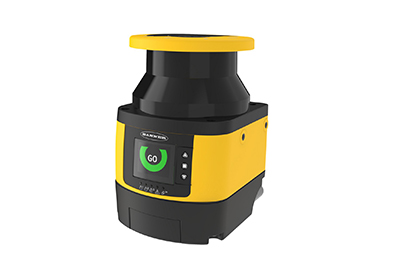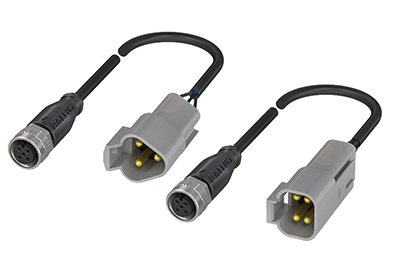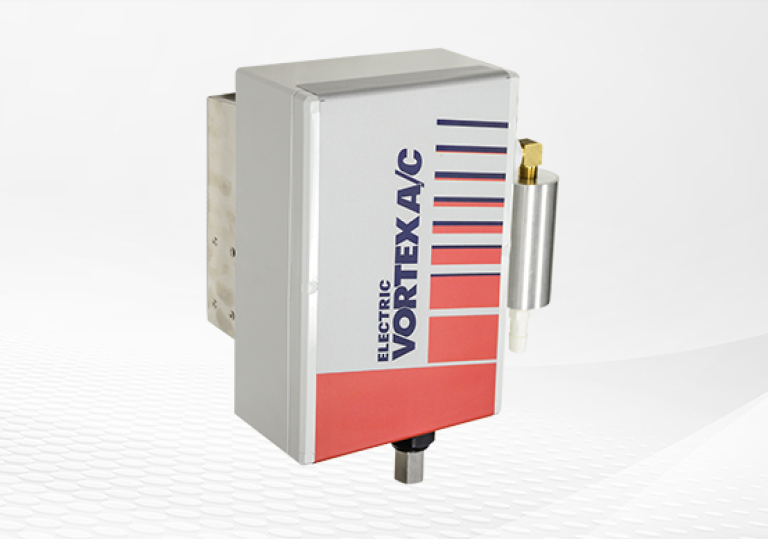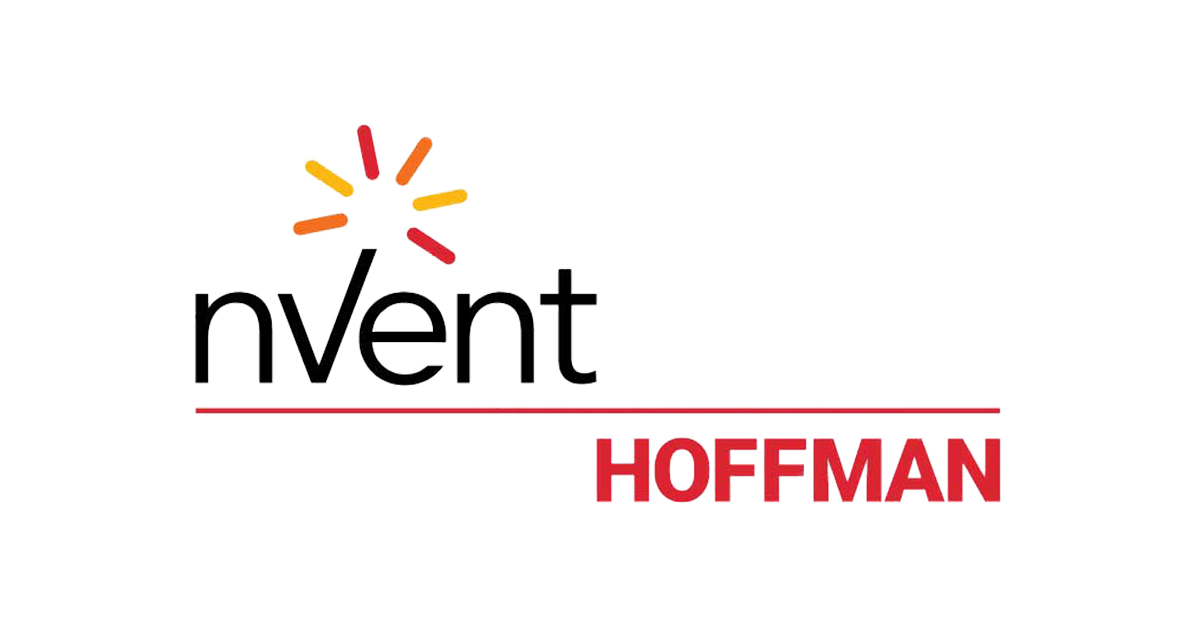How Omron’s Newest Photoelectric Sensors Achieve Reliable Detection for a Wide Range of Applications
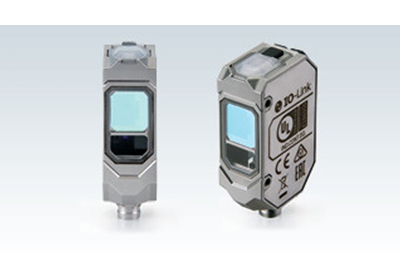
October 20, 2020
Stable detection can be a challenging proposition on flexible manufacturing lines. When packaging designs and container shapes are frequently changed, manufacturers must typically select from a wide range of sensor candidates for each object to be detected and each installation distance. This dramatically increases the number of selection steps.
Fortunately, E3AS-HL makes these extra steps unnecessary. With the versatility of the CMOS image array and the spot and line beam options, the E3AS-HL dramatically reduces sensor selection man-hours.
This is thanks to Omron’s unique sensing technology that broadens the range of detectable target objects for a single sensor. Here’s how the E3AS-HL manages to achieve stable detection on flexible lines no matter the challenge.
1. Reliable detection of small targets.
Detecting small objects like screw heads, positioning pins, or other small parts is a challenge for traditional diffuse sensors because the detection angle and beam size change dramatically at longer distances. The E3AS-HL series uses a small spot beam that’s roughly 2.5mm wide to reliably detect small objects out to 500mm.
2. Stable detection of uneven objects.
With conventional CMOS spot beam sensors, the end user may experience unstable detection due to an object’s uneven surface characteristics. The E3AS-HL Series line beam sensors mitigate unevenness and other surface-related issues by “averaging” variable contours of the surface to achieve stable detection.
3. Single unit detection of transparent objects.
Most transparent object detection performed with photoelectric sensors requires the use of a retroreflective sensor and a reflector. With the CMOS technology behind the E3AS-HL, the need for a reflector is eliminated. The E3AS-HL sensitivity can be adjusted to interpret small differences in light received to indicate the presence of a clear object like PET bottles or glass. This dramatically improves installation time and eliminates any special space considerations for reflectors.
4. Stable detection for flexible manufacturing lines.
When changing or adding packaging materials, differences in color pattern and/or gloss can make it necessary to reselect the sensor or change out the installation. With Omron’s sensors, the influence of color patterns and gloss is minimized, allowing users to standardize on a single product regardless of changes in the production line.
5. Easy-teach FGS/BGS window setting for selective part detection.
Detecting specific parts can be a challenge when users are trying to optimize their available space for conveyors or other moving parts. With E3AS-HL’s advanced functions, users can easily set a target and ignore objects or backgrounds on either side of the desired detection range. The window setting function can also work in the opposite mode, detecting objects on either side of a desired range.
![]()
https://automation.omron.com/en/us/blog/e3a3-sensors-blog

